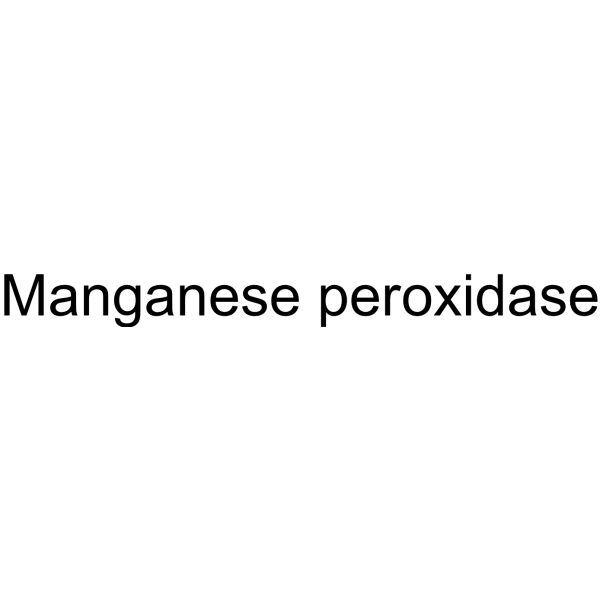Encapsulation of ligninolytic enzymes and its application in clarification of juice.
Fatma Gassara-Chatti, Satinder K Brar, C M Ajila, M Verma, R D Tyagi, J R Valero
Index: Food Chem. 137(1-4) , 18-24, (2013)
Full Text: HTML
Abstract
The thermal stability, physico-chemical properties and effect on juice clarification of hydrogel formulations of ligninolytic enzymes from Phanerochaete chrysosporium were evaluated. The results showed that enzyme entrapment increase significantly (P<0.05) the thermal stability of enzymes at 4 and 75 °C. At 75 °C, maximum activity decreased to non detectable values of 7.9% for free laccase, manganese peroxidase (MnP), lignin peroxidase (LiP), respectively; to 94%, 97%, 93% for laccase, MnP and LiP entrapped into Polyacrylamide/pectin, 94%, 98%, 88% for laccase, MnP and LiP encapsulated respectively into polyacrylamide/ gelatine and to 87%, 91%, 87% for laccase, MnP and LiP entrapped, respectively into polyacrylamide/carboxymethylcellulose (CMC). When particle size and viscosity of the formulation increased, enzyme stability increased. The polyphenolic reduction and clarity amelioration in mixed juice of berry and pomegranate was more significant (p>0.05) using encapsulated enzymes treatment than free enzymes. This suggested that enzymatic treatment was efficient for the juice clarification.Copyright © 2012 Elsevier Ltd. All rights reserved.
Related Compounds
| Structure | Name/CAS No. | Molecular Formula | Articles |
|---|---|---|---|
 |
Manganese peroxidase from white-rot fungus (Phanerochaete chrysosporium)
CAS:114995-15-2 |
|
Optimization of culture medium composition for manganese per...
2012-03-01 [Yeast 29(3-4) , 137-44, (2012)] |
|
Kraft lignin biodegradation by Novosphingobium sp. B-7 and a...
2012-11-01 [Bioresour. Technol. 123 , 682-5, (2012)] |
|
Biodegradation of kraft lignin by a bacterial strain Comamon...
2012-05-01 [J. Appl. Microbiol. 112(5) , 900-6, (2012)] |
|
Degradation of endocrine disrupting chemicals by genetic tra...
2011-10-01 [J. Microbiol. 49(5) , 824-7, (2011)] |
|
Improvement of manganese peroxidase production by the hyper ...
2013-12-01 [Curr. Microbiol. 67(6) , 708-11, (2013)] |